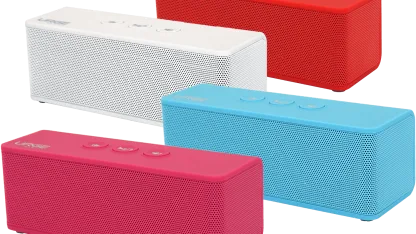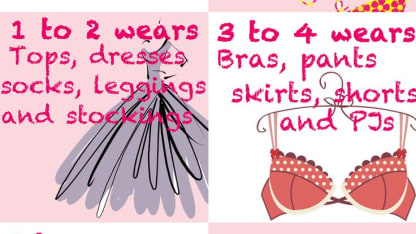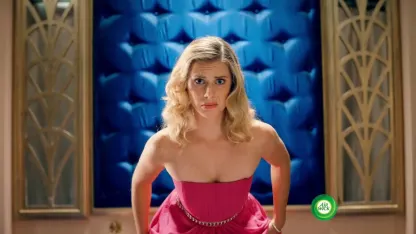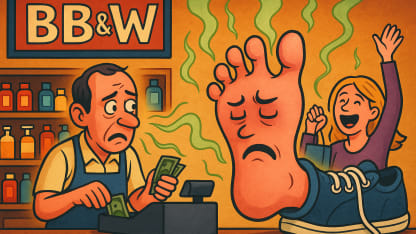Urge Basics Soundbrick Bluetooth Stereo Speaker
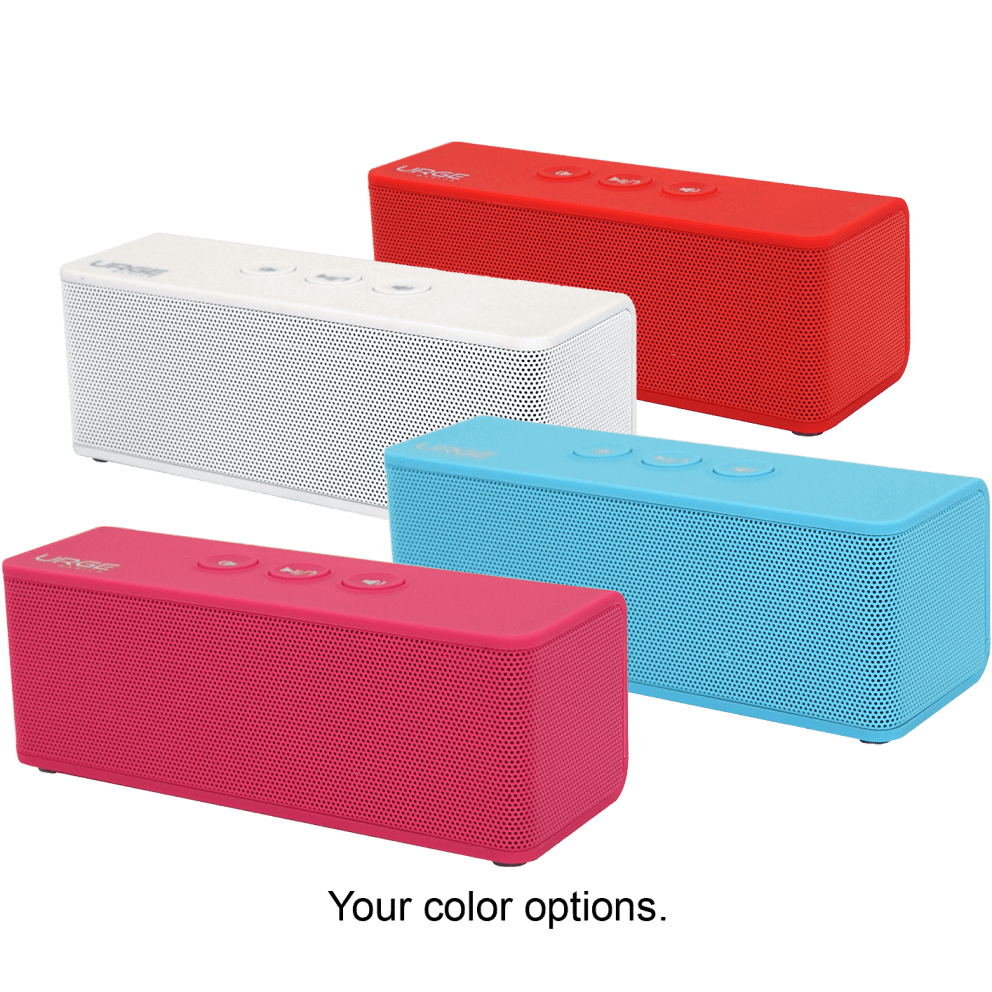
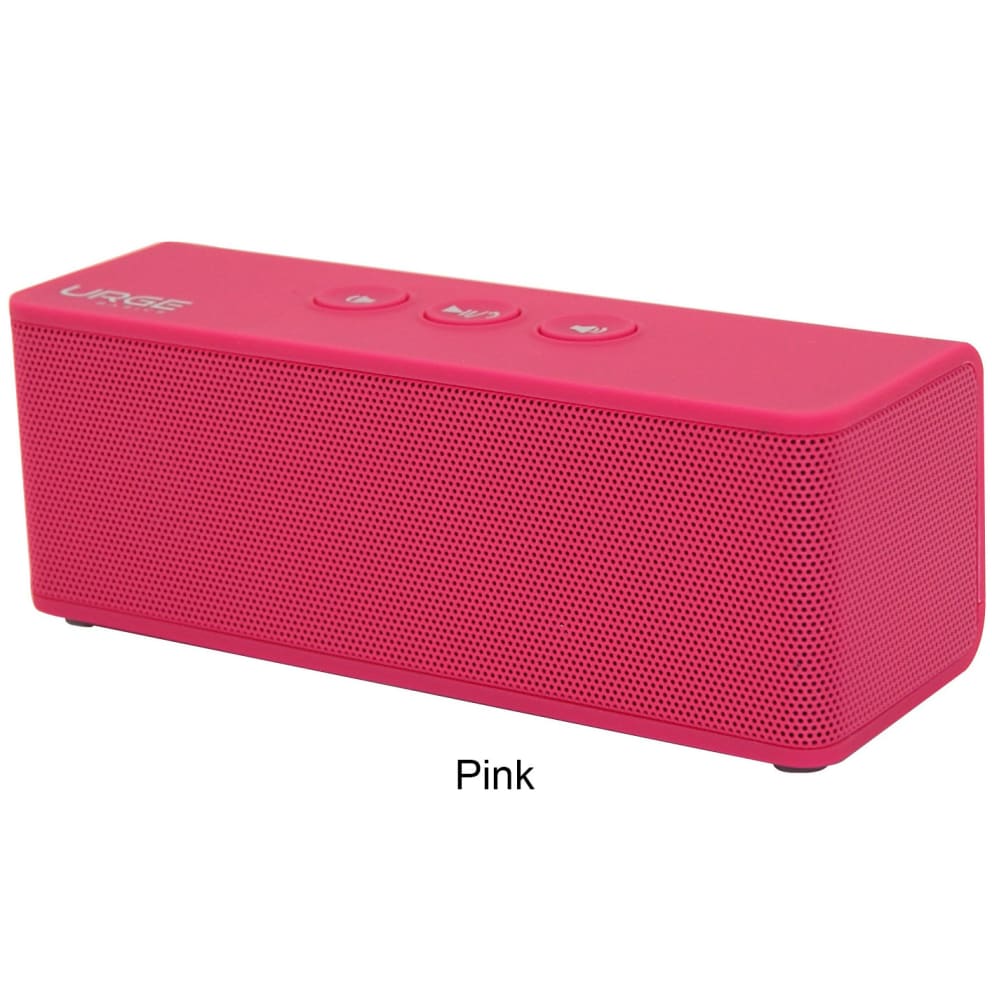
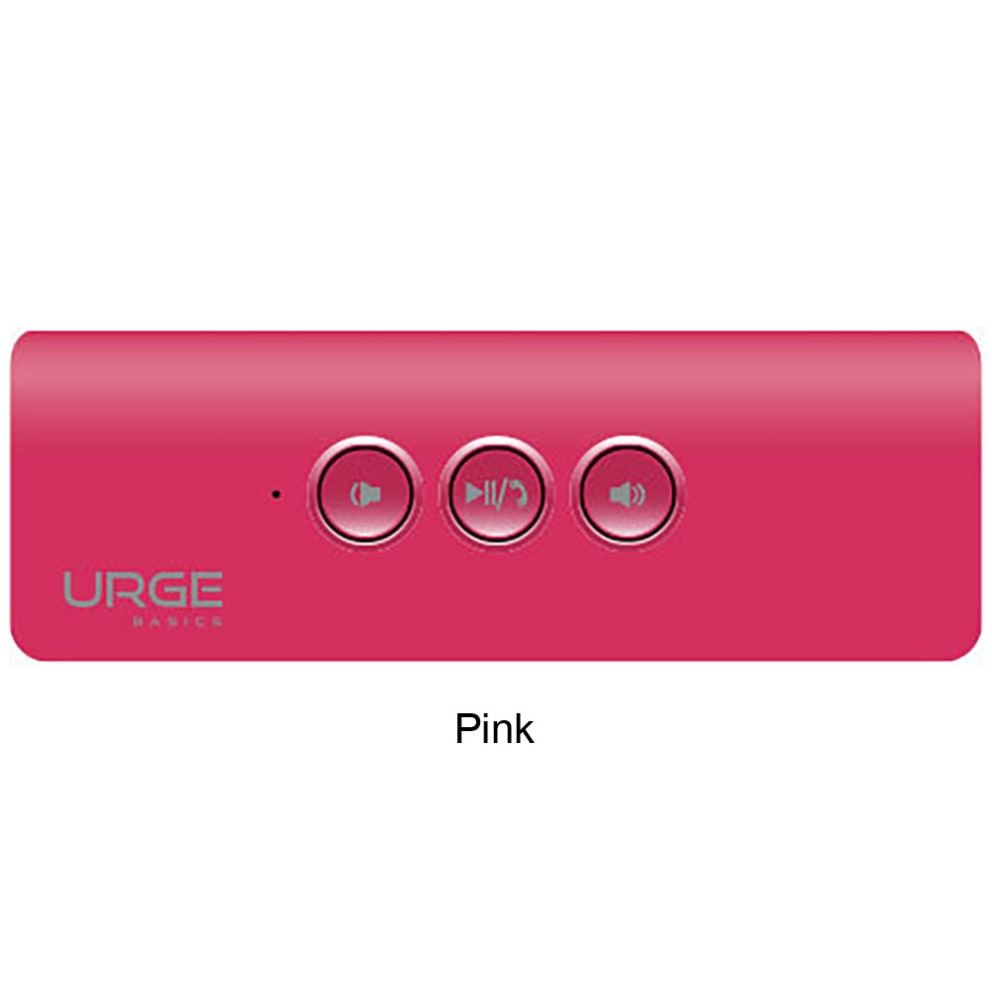




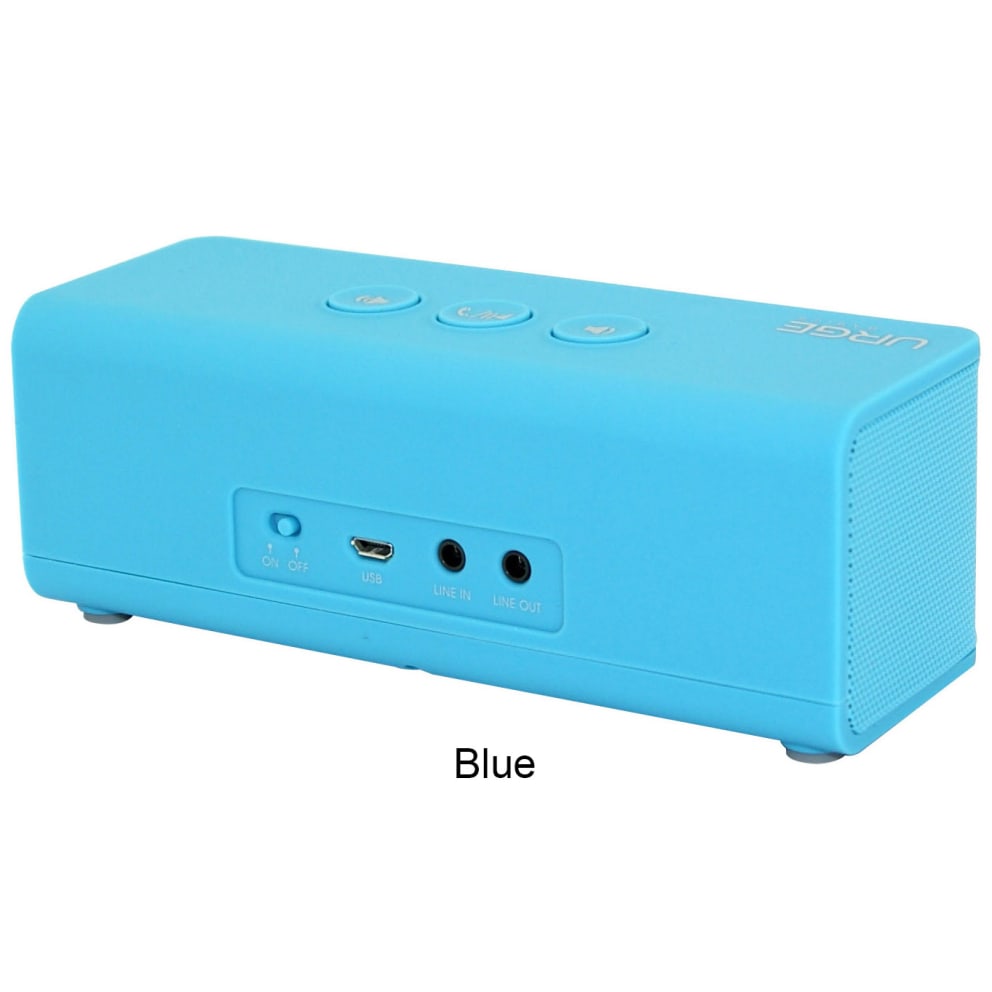
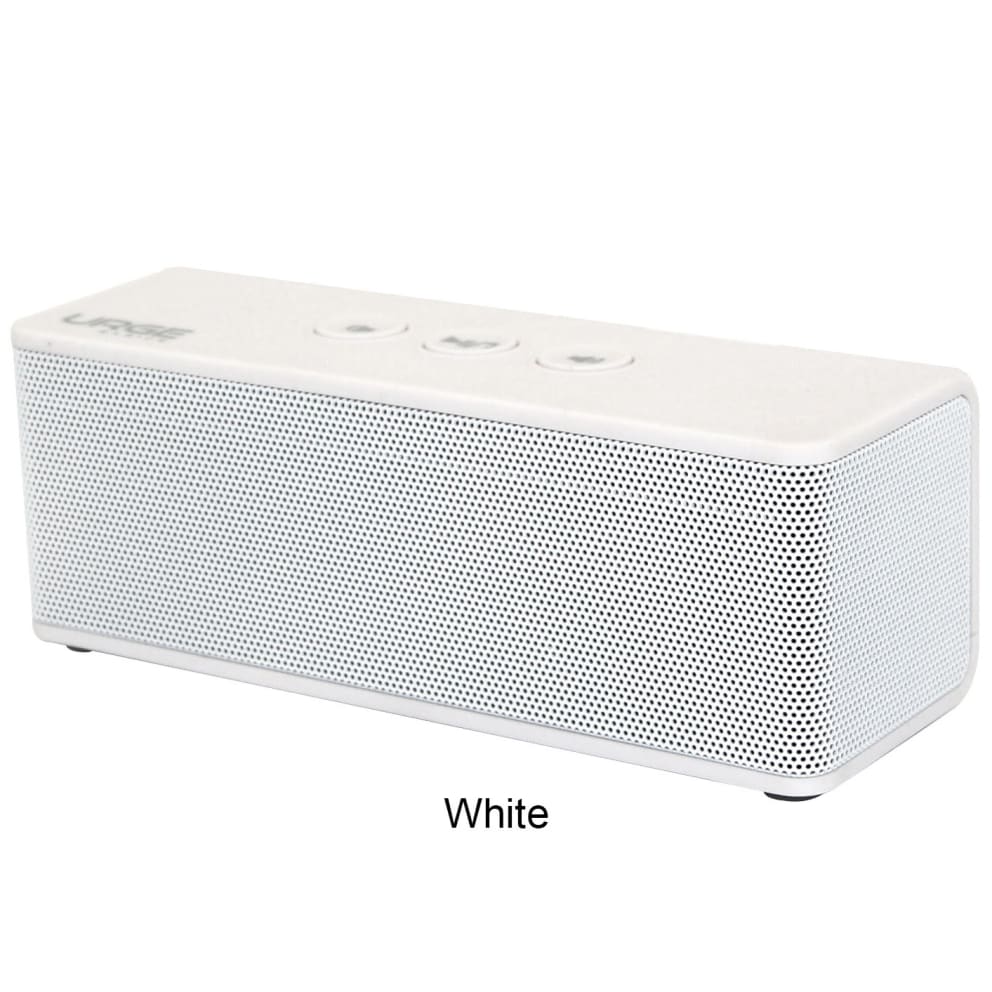
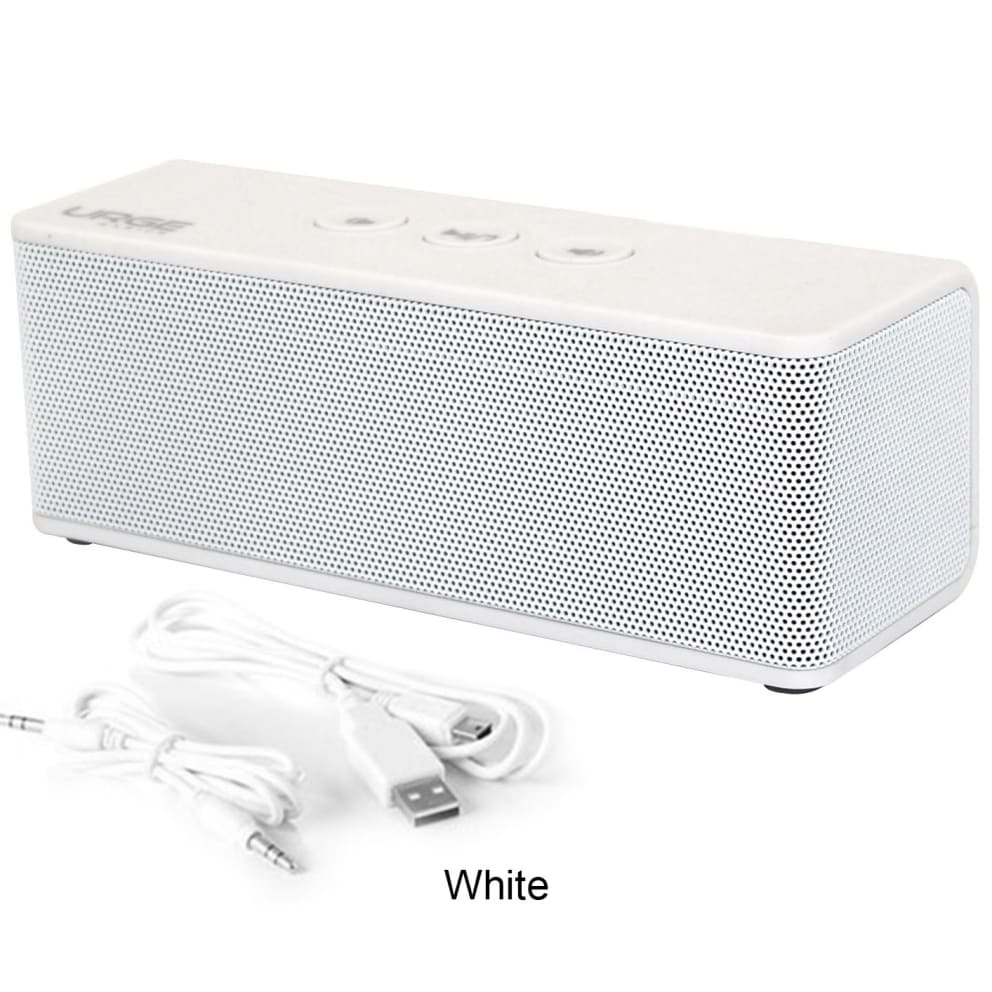
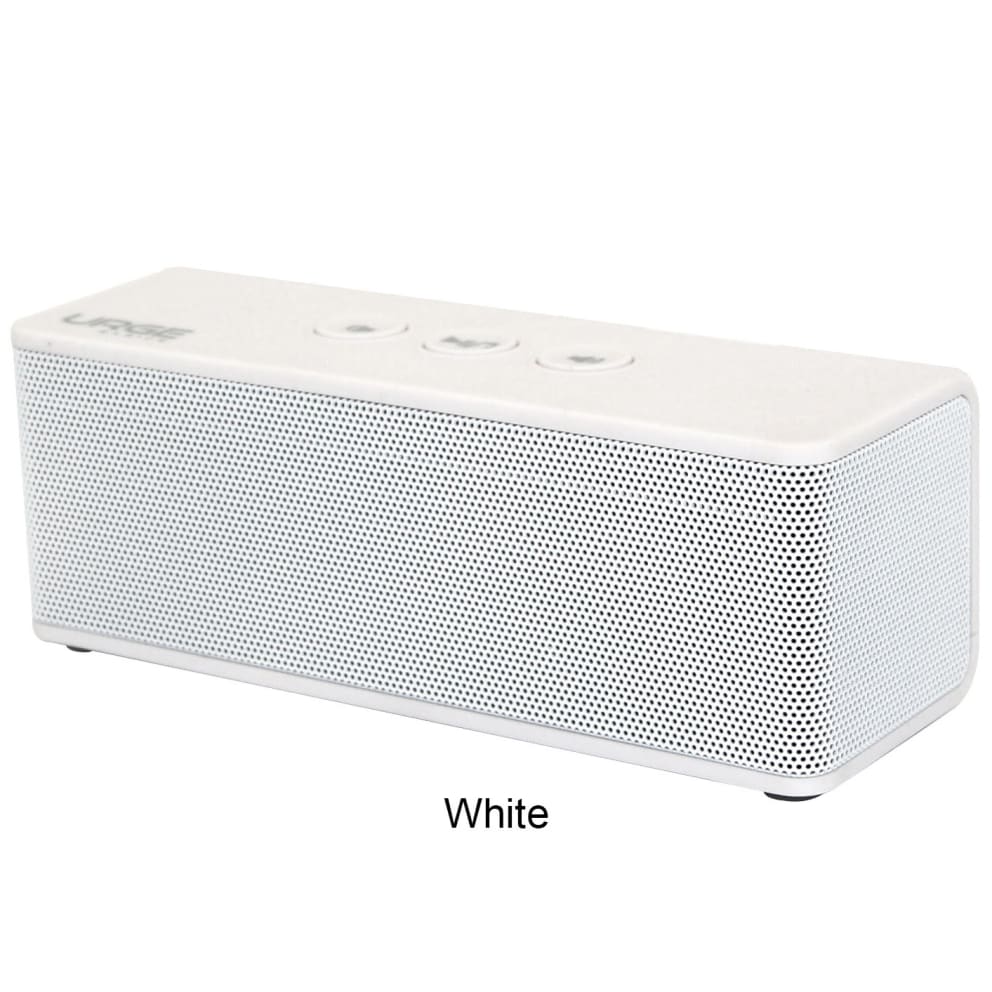

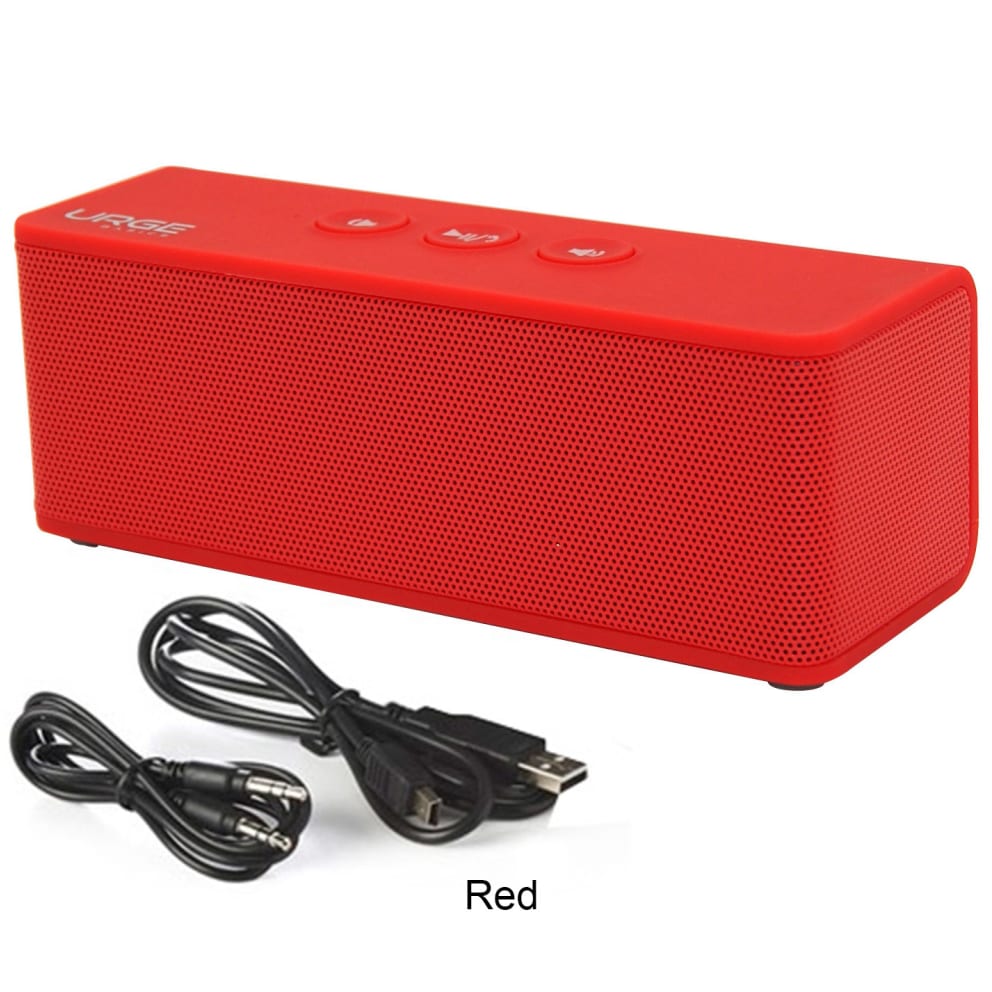

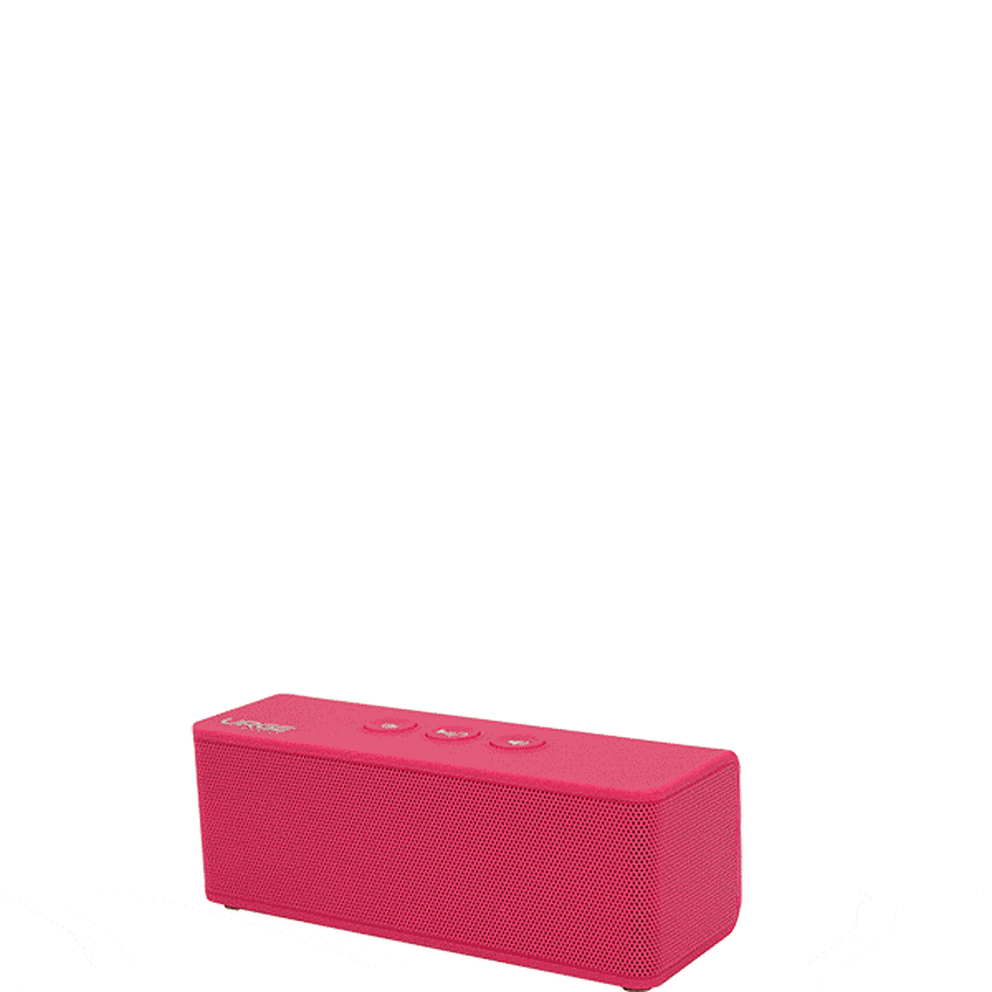
Our Take
- Each brick includes two 3W stereo speakers in a 6" x 2" x 2" package- Bluetooth if you’re into wireless wizardry, aux-in if you prefer shit that works right away (it even includes an aux-in cable)- Sort of a rubbery-textured exterior so it’s less slippy or whatever- Gets hundreds of rave Amazon reviews talking about how loud it is and how it runs for 6-8 hours on a single charge, if that matters to you- Model: UG-SNDBRCK (it takes a confident manufacturer to start a model number with “UG”, and a perverse one to complete it with an “abbreviation” that saves a mere three characters off of the product name)
A History of Pinkness
Here we have some Urge Basics Soundbrick Bluetooth Speakers. They’re six inches long and two inches along the other two dimensions, so reasonably close to a brick size. They have over 400 pretty damn good Amazon reviews praising the big loud sound they manage to pump out of their two 3-watt speakers. And they’re available in a variety of colors.One of which, unfortunately, we have to charge less for.People don’t want pink electronics. It’s not just that pink’s too bold: red is typically the best-selling gadget color after black, white, and maybe silver, and we never have too much trouble with yellow, either. No, the problem with pink is that it can’t be a “serious” color because it’s for little girls. Everybody knows that, right?It’s funny, then, to read this excerpt from a June 1918 article in Earnshaw’s Infants Department, a trade magazine for baby product retailers:>The generally accepted rule is pink for the boys, and blue for the girls. The reason is that pink, being a more decided and stronger color, is more suitable for the boy, while blue, which is more delicate and dainty, is prettier for the girl.According to Smithsonian Magazine, Filene’s and Marshall Field’s recommended the same to their customers. Other experts at the time said pink was suitable for any brunette child, or any baby with brown eyes. It isn’t until the late 1940s that apparel catalogs start consistently showing pink clothes for girls and blue for boys - influenced, perhaps, by the navy blue of Navy blues worn in World War II.Think about it a minute. What about pink is inherently feminine, anyway? Rosy cheeks and pink baby fingers and toes don’t discriminate by gender. Yeah, there are pink flowers, but there are also lots of orange and yellow and red and white flowers, too.The idea that pink is a “soft” color doesn’t make any sense when you consider pink stones like sandstone and topaz and calcite. And if your answer has anything to do with female reproductive organs, you should immediately go to the emergency room so they can help you with your blue penis.The fact is, pink has meant a variety of things over the centuries and around the world. Homer, Lucretius, and other ancient poets used it mainly in reference to the color of dawn. Medieval artists often depicted the baby Jesus dressed in pink.On English-language world maps, pink was the traditional color of the British Empire, not an enterprise generally known for its femininity. The Japanese consider pink the color of springtime instead of green, because of all those cherry blossoms. Pink is associated with hospitality and refinement in India.If Tuesday is pink, this must be Thailand: on that day of the week, Thais of any gender wear pink. Pink is also worn by the winner of the Giro d’Italia bicycle race, the Palermo soccer team, and WWF wrestler Bret Hart.We all know that pink is the color of breast cancer awareness. But did you know one particular shade of pink, Baker-Miller Pink or “drunk tank pink”, may reduce the occurrence of violent behavior among prison inmates? We’ve never seen too many little girls in the drunk tanks we’re familiar with.The point is, color associations like this are arbitrary, temporary, and culture-bound. If you can free yourself from this particular one, you can get an even better deal on this speaker. Because unfortunately, we’ll have to keep discounting pink gadgets as long as “pink” still means “little girls” and money is still green.

